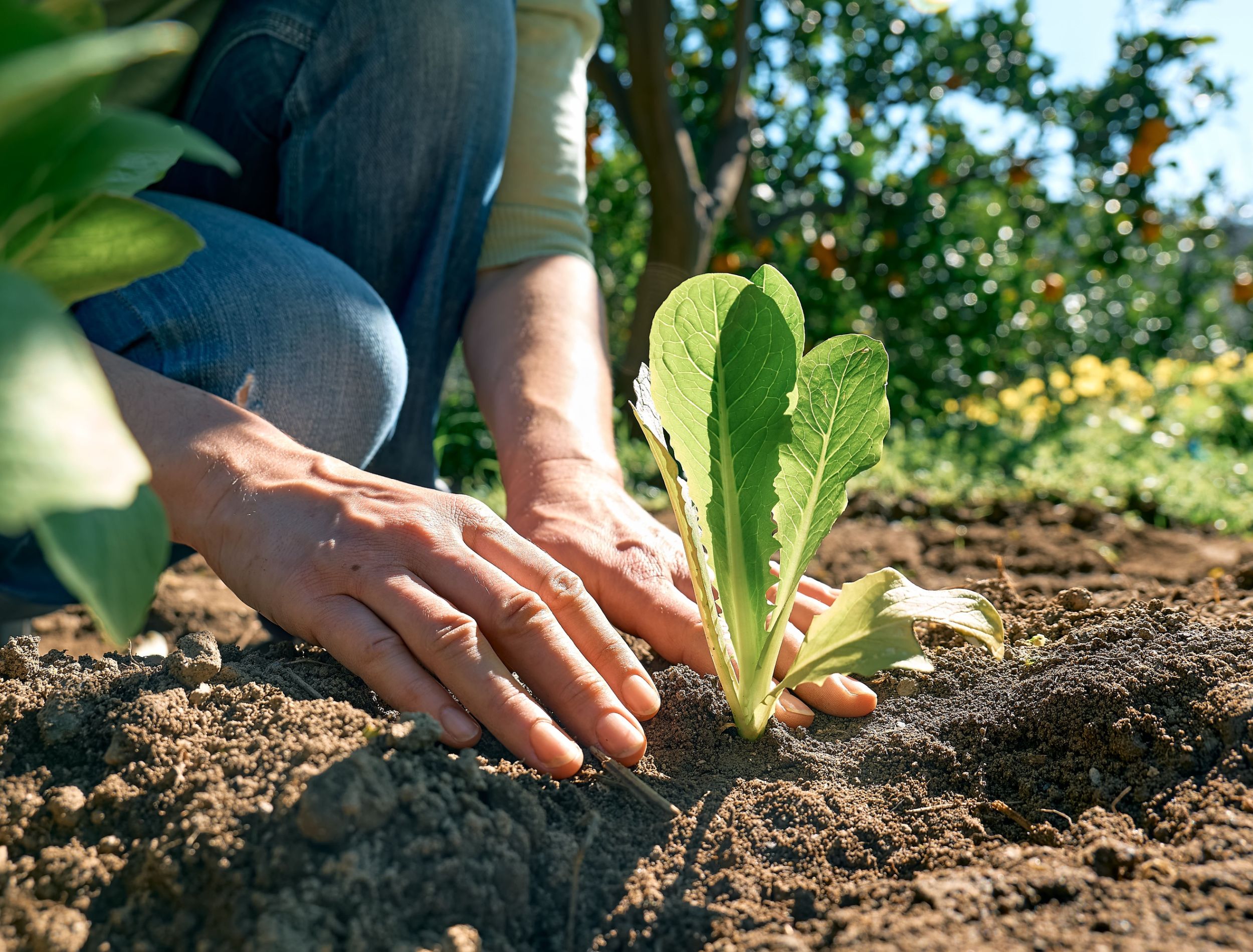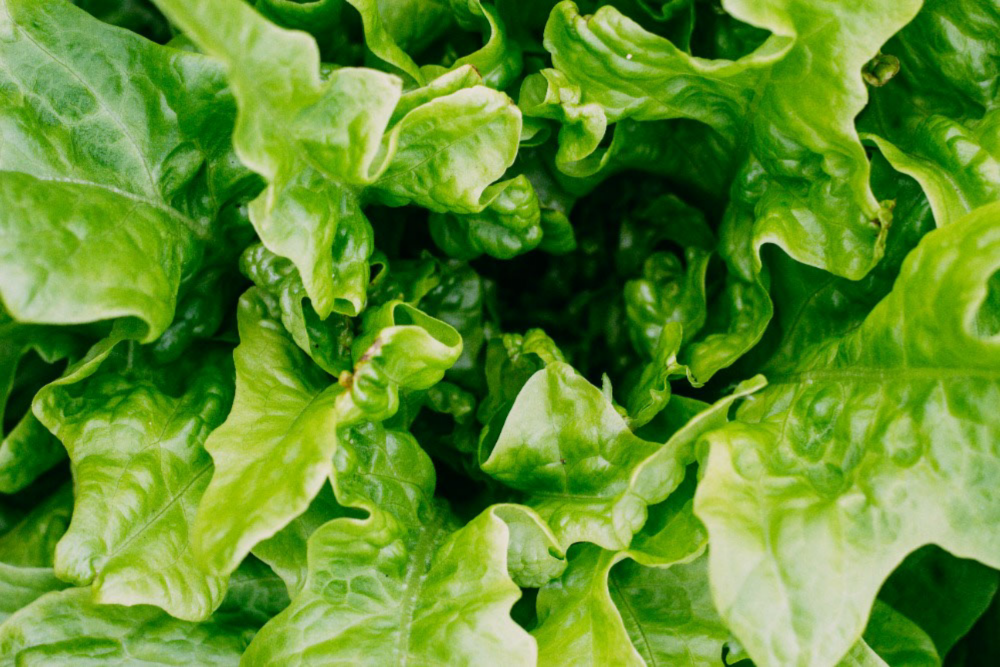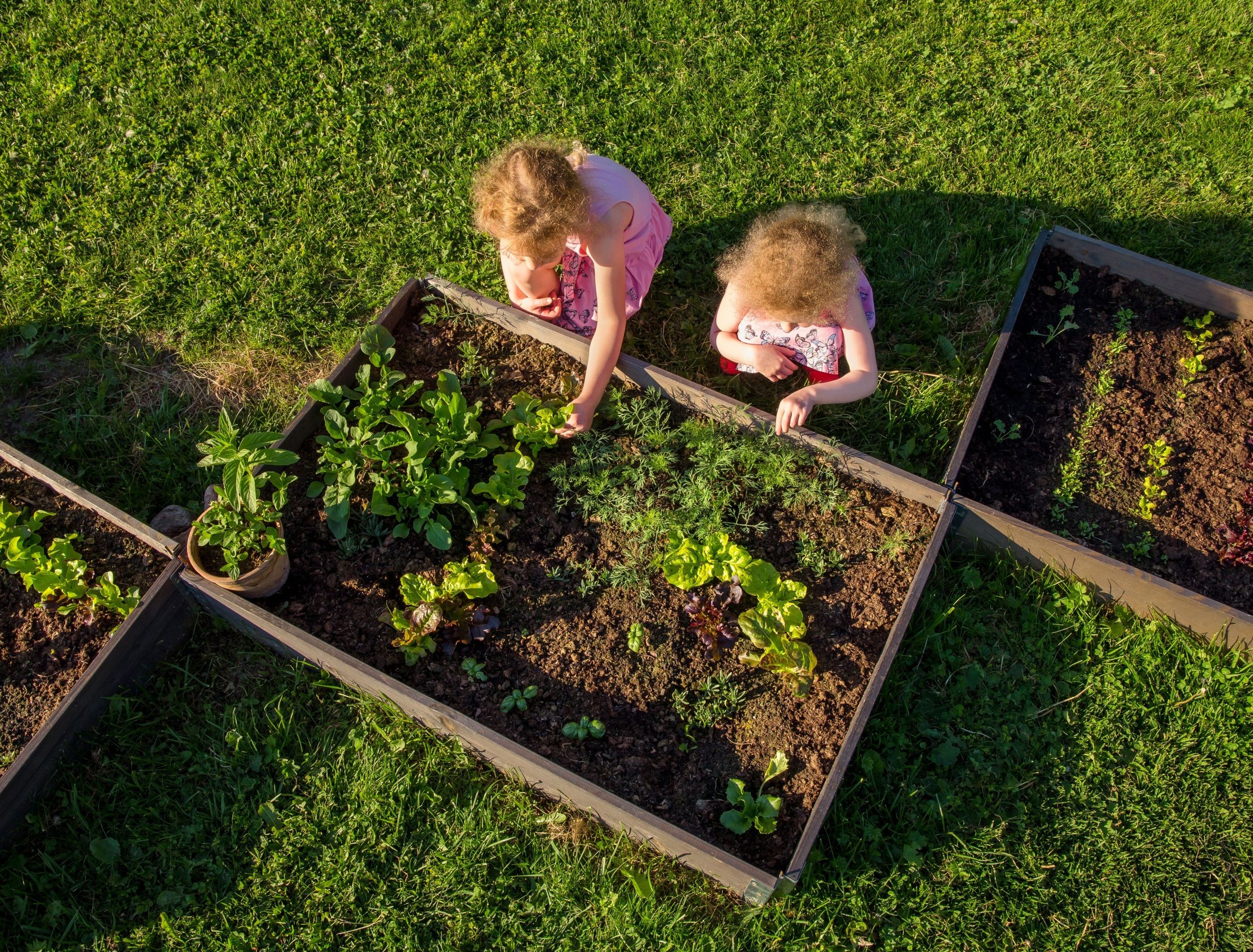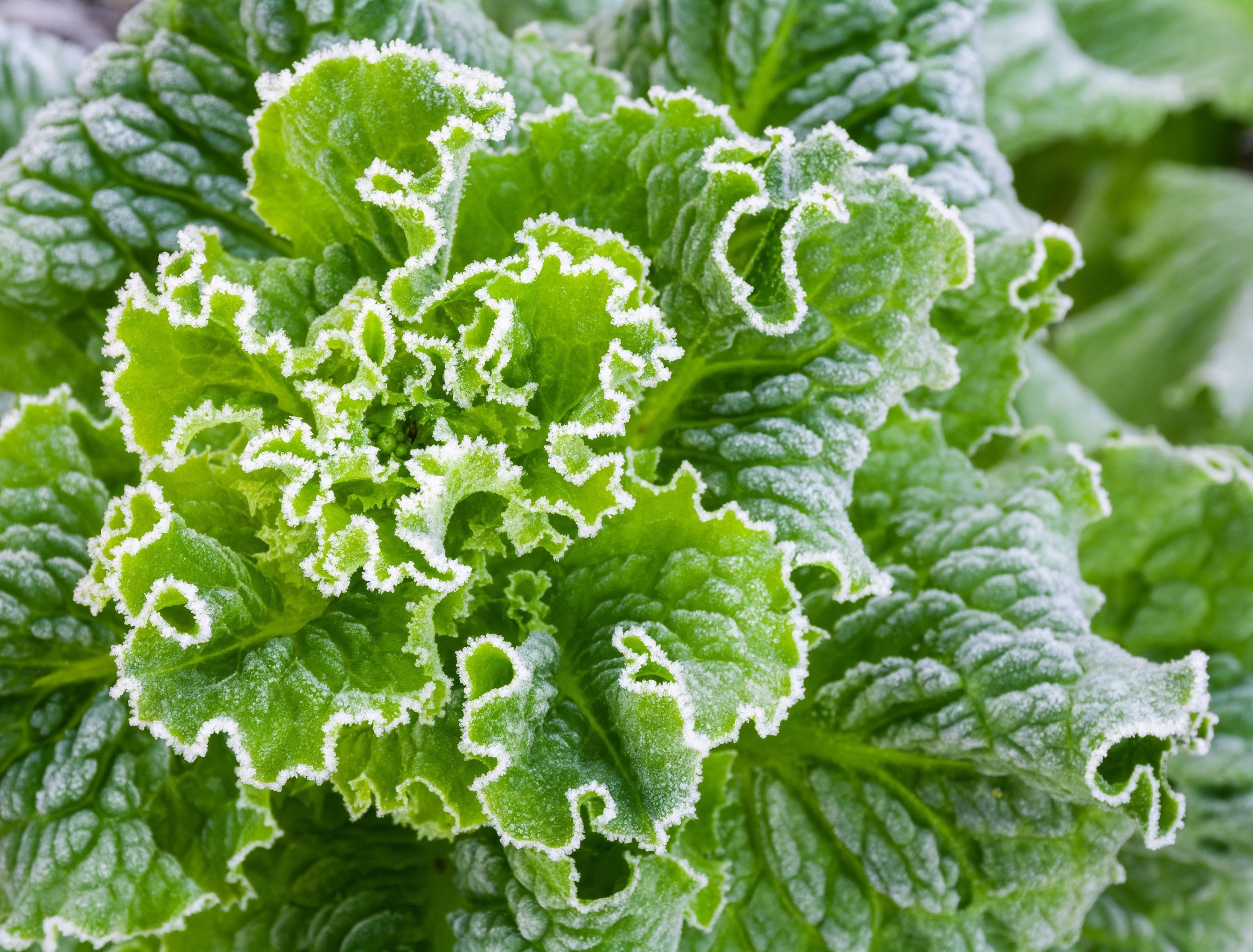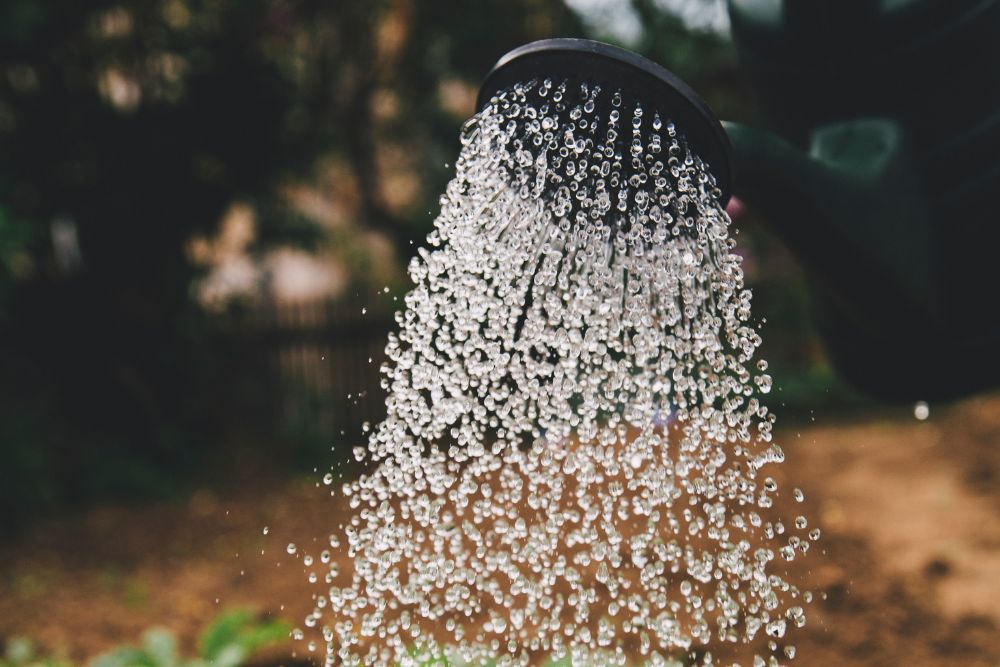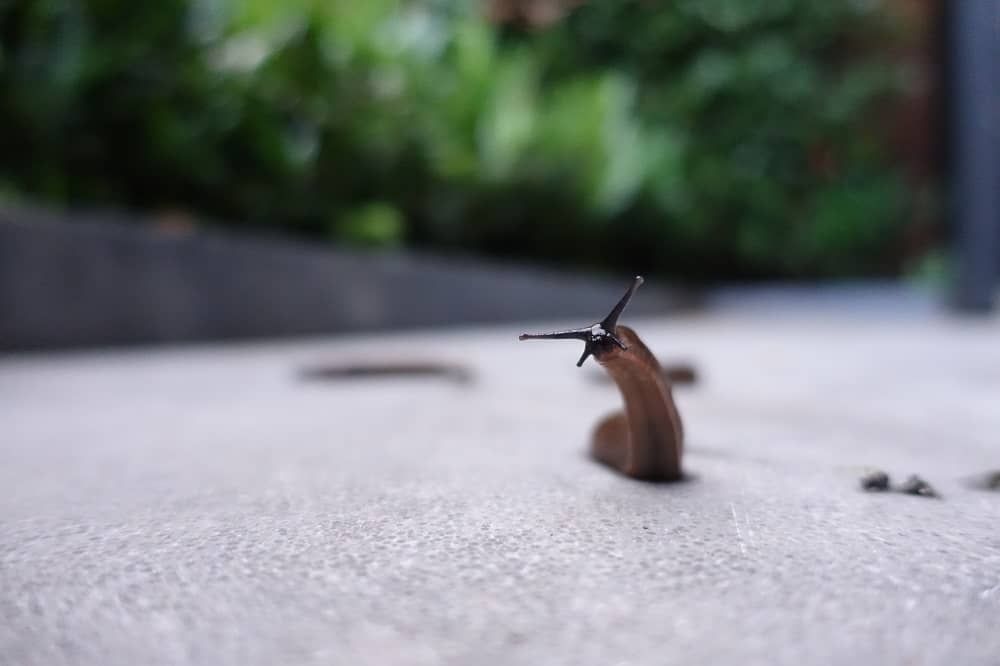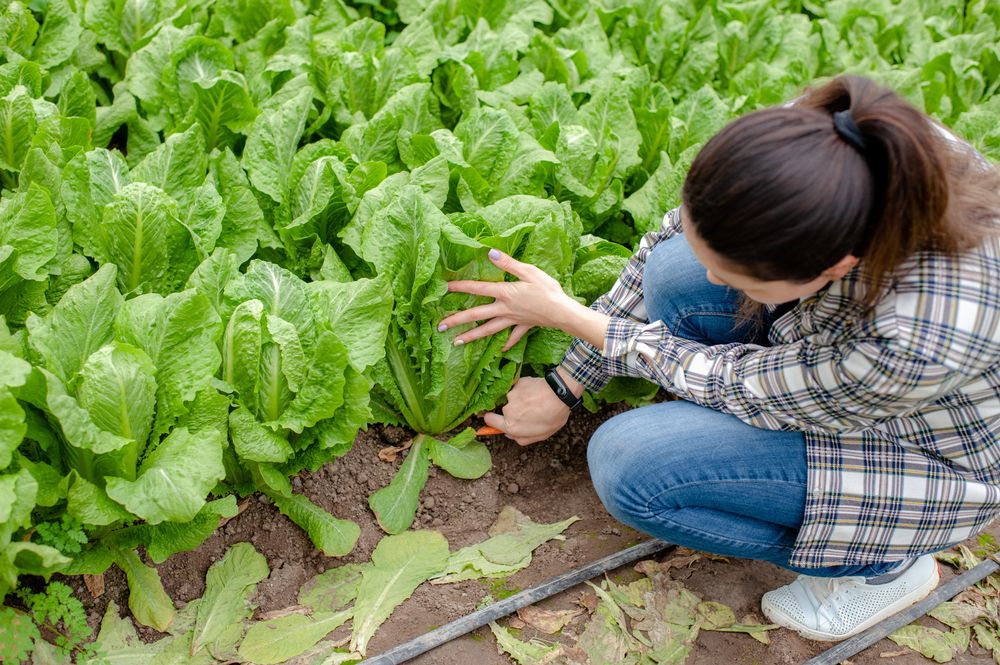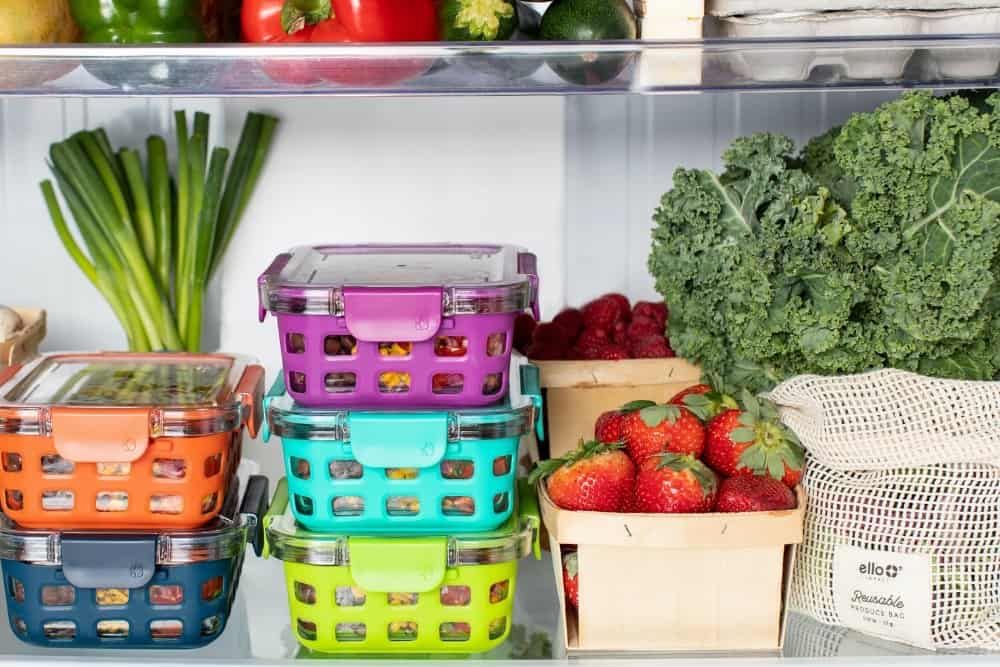If your green thumb is itching for something to do, consider starting a lettuce garden! Growing lettuce from seed is an art -- one that takes some patience. But the reward of picking fresh salad directly from your own backyard makes it all worth it.
Whether you're trying to grow vegetables as part of a healthier lifestyle or want to save money on groceries and have fun in the process, learn everything you need to know about growing lettuce from seed. Discover some basics and tips on prep for growing this cool-weather crop.
Choose the Right Variety of Lettuce
Image credits: Nastya Sensei via Pexels
When growing lettuce from seed, choose the right variety according to your taste. Cos types, or romaine, are part of the Asteraceae family. They typically grow vertically and are great for salads. Some varieties include 'Parris Island Cos,' 'Rosedale,' and 'Little Gem.'
Crisphead varieties, such as 'Webbs Wonderful,' 'Hollywood,' and 'Sioux,' make large crisp leaves and are more resistant to bolting in hot weather.
Butterhead lettuces mature quickly and have loose heads. They are also suitable for shorter growing seasons or poorer growing conditions. Some varieties include 'Buttercrunch,' 'Victoria,' and 'Four Seasons.'
Opt for loose-leaf lettuces for small spaces or containers as they grow less densely. They come in a range of flavors and colors. Some varieties include 'Navara,' 'Lolla Rossa,' and 'Salad Bowl.'
Start With Quality Seeds
Image credits: FotoHelin via Shutterstock
When growing lettuce from seed, start with quality seeds. Poor quality seeds lead to poor germination, meaning the plants won't grow or thrive.
Look for certified organic seeds that have excellent reviews and come from a trusted source. Doing so gives you the best chance of success when starting your garden. Read through any packaging instructions before planting, as they may contain valuable information on how far apart or deep to plant your various lettuce seeds.
Plant at the Right Time
Image credits: Liubomyr Tryhubyshyn via Shutterstock
To ensure the best results for your lettuce harvest, pay attention to the timing of when you plant your seeds. Lettuce does not like hot summer days and won't grow well in these conditions. Therefore, the best times to plant are in the spring or fall, when temperatures are milder and more favorable for growth.
Ensure the soil temperature is between 45 and 80 degrees Fahrenheit before planting lettuce seeds. They will not sprout if the soil is above 95 degrees Fahrenheit. Aim to plant your seeds two to four weeks before your last frost date.
Sow the seeds directly in your garden, about 1/8 of an inch deep and 1 inch apart.
If you want to get a jump on the growing season, start seeds indoors about four weeks before your last frost date. After sprouting, harden off new seedlings by gradually acclimating them to outdoor conditions over a three-day period. Doing so helps minimize transplant shock and ensure healthy plants.
If you crave summer lettuce, choose a slow-bolting, heat-tolerant variety, such as 'Nevada,' 'Red Cross,' or 'Sierra.'
Pro Tip: Also, keep animals away from your newly planted seeds when sowing. There are several methods you can use to achieve this. One option is to use spent coffee grounds around the perimeter of the garden bed. But do not add too much coffee. It makes the soil too acidic for lettuce growth. Another option is to use ultrasound wave devices. They emit frequencies that will repel small mammals, such as squirrels and chipmunks, from entering the garden bed area.
Provide Adequate Sunlight and Water
Image credits: Markus Spiske via Unsplash
When growing lettuce from seed, ensure they get enough sun and water. Lettuce needs at least five to six hours of direct sunlight daily to stay healthy and produce delicious leaves.
Additionally, keep the soil moist but not overly saturated. Too much water causes disease and rot. To maintain a good balance between wetness and dryness, check the soil every few days, and if it feels dry, give the plants a generous drink of water.
Finally, provide adequate drainage so that any excess water escapes. It helps prevent fungal growth in your garden bed.
Pro Tip: Use soil with a neutral pH for maximum success with your lettuce crop.
Look Out for Pests and Diseases
Image credits: Alain Snel via Unsplash
Some common lettuce pests include aphids, whiteflies, and earwigs. They're also plagued by slugs, snails, and cutworms. These critters feed on the leaves, damaging the plant. Regularly check for any signs of activity to help prevent these pests from destroying your crop. If you spot any of them or near your plants, quickly remove them with an insecticide before they have time to cause significant damage.
Also, keep an eye out for disease. Common illnesses affecting lettuce include powdery mildew, mosaic virus, and white mold. Early signs of disease may include yellow or brown patches on the leaves, white residue, wilting, and stunted growth. If you notice any of these issues, remove the affected crops and apply fungicide or baking soda.
Harvest at the Optimal Time
Image credits: Abrym via Shutterstock
When it comes to harvesting lettuce, timing is key. To ensure the best quality of your crop, harvest in the morning. Also, do not wait too long to pick your lettuce. It becomes bitter and woody, resulting in a shorter shelf life. Your lettuce is ready for harvest six to eight weeks after planting.
Remove the outer leaves or dig up the whole plant when harvesting loose leaf, butterhead, and romaine lettuces. You can also cut them about an inch above the soil. Pick crisphead lettuce when the center is firm.
To plan for harvesting time, mark down on your calendar when you planted seeds so that you know what day they're ready to be harvested. Doing so ensures that you'll always have the best-tasting lettuce.
Storing Your Lettuce
Image credits: Ello via Unsplash
When storing your lettuce, keep it in a cool and dry environment. Place lettuce in the refrigerator in a plastic bag. Consuming lettuce within 10 days of harvesting is best for optimal flavor and freshness.
Lettuce Show You the Way
Growing lettuce from seed is a great way to treat yourself and your family to delicious, homegrown produce. Not only are you saving money by growing lettuce, but you also enjoy the satisfaction of any successful gardening efforts.
Follow these seven tips, and soon you'll have a thriving crop of lettuce that you can use in salads and sandwiches. So don't delay -- start now to get the most out of this rewarding experience!
Have questions or want to share some of your own tips? Leave a comment below and share it with your family and friends. With the right tools and guidance, you'll be on track to having the healthiest harvest out there! Best of luck!

